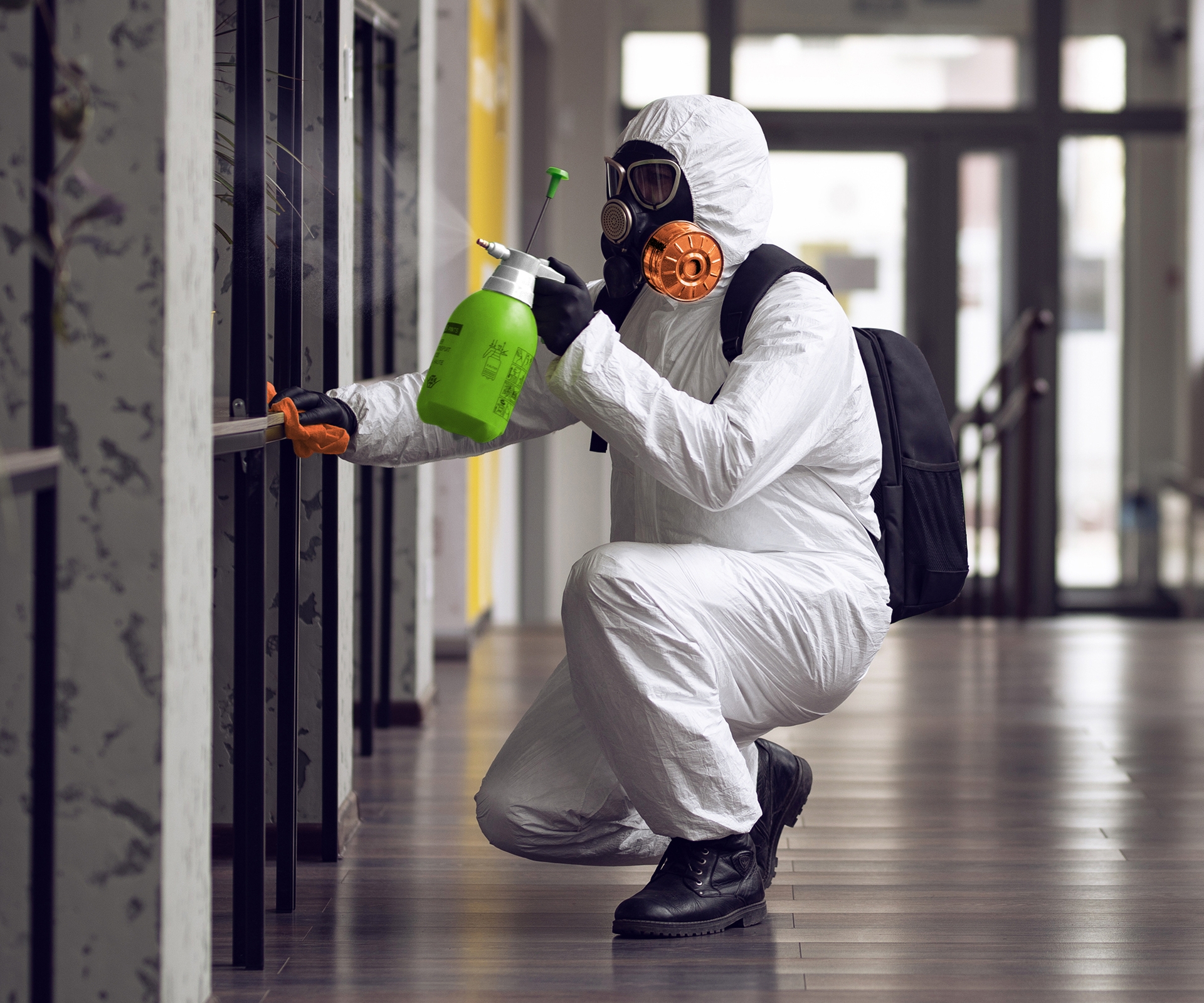Efficient Post Mold Remediation Cleaning Protocols
Effective Article Mold And Mildew Removal Solutions for Your Home
Mold and mildew development in homes can be a consistent issue, typically needing a methodical technique for efficient post-remediation services. From understanding the elements that add to mold growth to applying correct cleaning techniques and moisture control actions, the procedure can be detailed yet vital for maintaining a healthy living setting. In addition, checking out natural removal options and developing a routine for ongoing upkeep are necessary elements of a thorough mold and mildew removal approach. As home owners aim to deal with mold and mildew problems, discovering the most reliable options becomes vital for the wellness of their houses.
Comprehending Mold And Mildew Development Aspects
The primary factor contributing to mold growth is moisture. Mold spores require wetness to sprout and grow, making moist or damp atmospheres highly vulnerable to mold invasions.

In addition, airflow and light exposure can impact mold and mildew growth. Areas that lack appropriate ventilation and natural light are more susceptible to mold and mildew advancement. By addressing these aspects comprehensively, people can properly reduce mold and mildew development and protect their living settings.
Proper Mold Cleansing Techniques
Using reliable cleaning techniques is essential in attending to and protecting against the recurrence of mold contamination in interior settings. When dealing with mold, it is important to focus on safety and security by wearing protective gear such as safety glasses, handwear covers, and masks. The primary step in proper mold cleaning is to consist of the afflicted location to avoid the spread of spores to unpolluted locations. This can be attained by securing off the space and using air scrubbers or negative air machines to maintain air high quality.

Implementing Wetness Control Procedures
To efficiently prevent mold and mildew development and contamination in interior environments, applying wetness control measures is critical. Additionally, making certain appropriate air flow in areas vulnerable to moisture accumulation, such as bathrooms and kitchens, can aid decrease the threat of mold development. By diligently carrying out these dampness control steps, homeowners can successfully lower the possibility of mold and mildew recontamination and keep a healthy interior setting.
Using Natural Removal Solutions
After successfully executing moisture control procedures to avoid mold and mildew development in indoor atmospheres, homeowners can currently explore the effectiveness of natural remediation options in preserving a healthy living room. Natural remediation solutions make use of ecologically friendly approaches to fight mold and mold, making them a prominent choice for those looking for non-toxic choices. By integrating these all-natural remediation remedies into their cleansing routines, homeowners can properly deal with mold and mildew growth while advertising a healthier interior environment for themselves and their households.

Keeping a Mold-Free Atmosphere
In order to prevent mold reappearance and ensure a consistently mold-free environment, it is important for house owners to implement aggressive anchor maintenance methods. Routinely checking locations prone to mold growth, such as shower rooms, attics, basements, and cooking areas, is important. Resolving any kind of leaks, water damage, or excess moisture quickly can considerably lower the threat of mold and mildew development. Post Mold Remediation Report. Appropriate ventilation in areas with high humidity levels is also key to avoiding mold development. Making use of dehumidifiers or exhaust followers can assist preserve ideal wetness levels and discourage mold and mildew spores from growing.
In addition, maintaining tidiness in the home is crucial for mold and mildew prevention. Keeping interior plants in check and guaranteeing correct drain in outside landscape design can decrease moisture build-up, decreasing the probability of mold and mildew problems.
Verdict
Finally, it is vital to resolve mold development elements, use appropriate cleaning strategies, execute dampness control steps, make use of natural removal services, and preserve a mold-free setting in order to efficiently handle post mold and mildew remediation in your home - Post Mold Remediation Report. By adhering to these techniques, you can protect against mold and mildew from repeating and make certain a healthy living atmosphere for you and your family members
The primary element adding to mold and mildew development is moisture. Mold spores need dampness to prosper and sprout, making damp or wet settings highly vulnerable to mold problems.To properly protect against mold growth and contamination in indoor atmospheres, carrying out dampness control actions is paramount. Additionally, guaranteeing appropriate air flow in locations vulnerable to moisture build-up, such as washrooms and kitchens, can assist lower the threat of mold and mildew development.After effectively carrying out dampness control browse around these guys procedures to stop mold growth in indoor settings, home owners can currently discover the performance of all-natural remediation remedies in keeping a healthy and balanced living area.